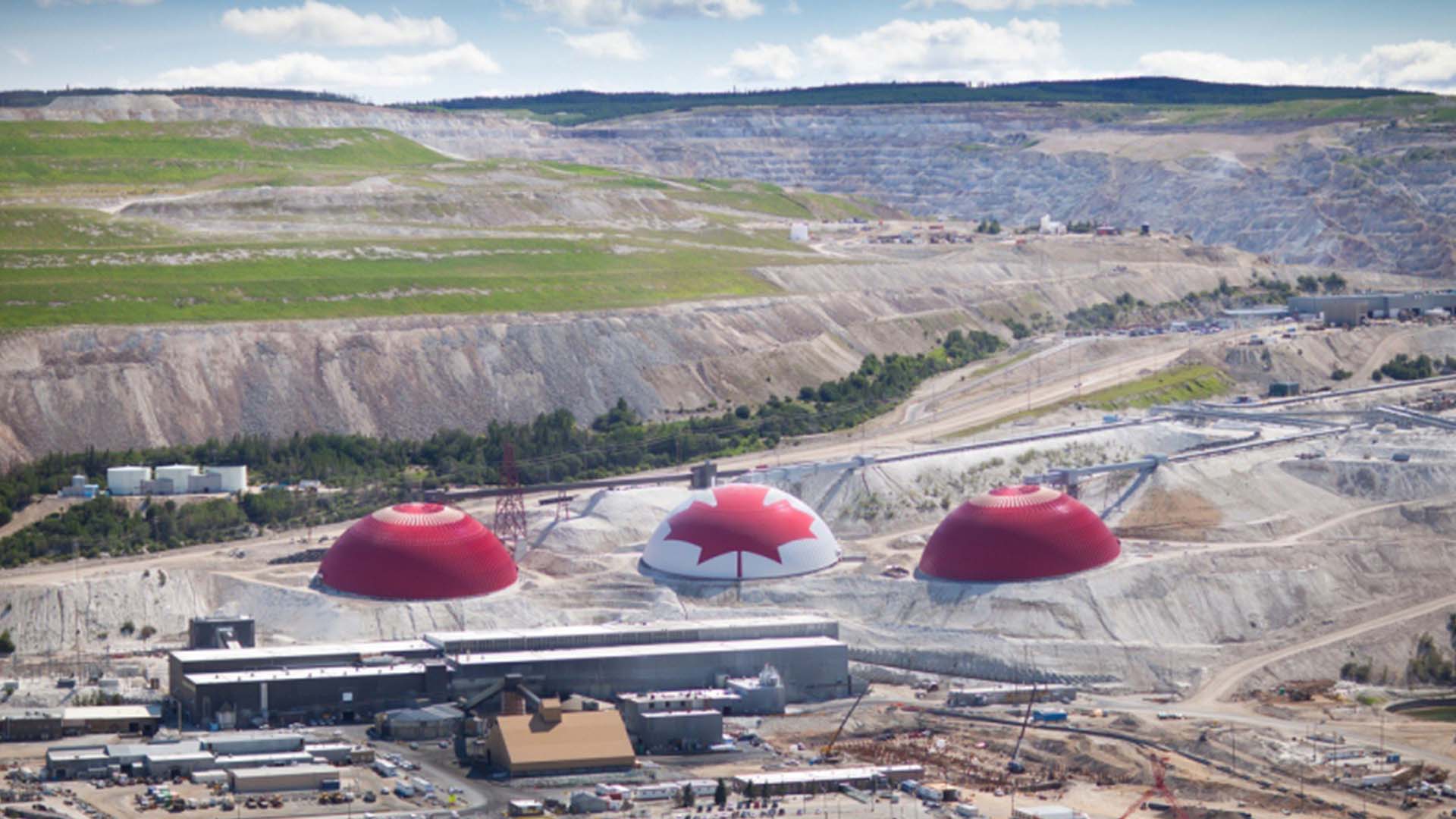Gold, silver, and copper are the three most precious metals we use daily. Most commonly, they are used in jewelry or coins. But, as technology advances, we use those metals in everyday electronics like phones and computers. However, only a tiny amount of metal is used in wires or circuit boards. Gold and silver are famously used for jewelry, coins, and gold bars. But, why are they so costly? One answer is the way we salvage them.
Mining for precious metals is a long and demanding process. For example, some of Newmont Corporation’s mines can operate for over 30 years. Throughout the life cycle of a Newmont Mine, it relies on the company’s core values to operate—safety, integrity, sustainability, responsibility, and inclusion. Each mine goes through six stages of life, from start to finish.
Exploration
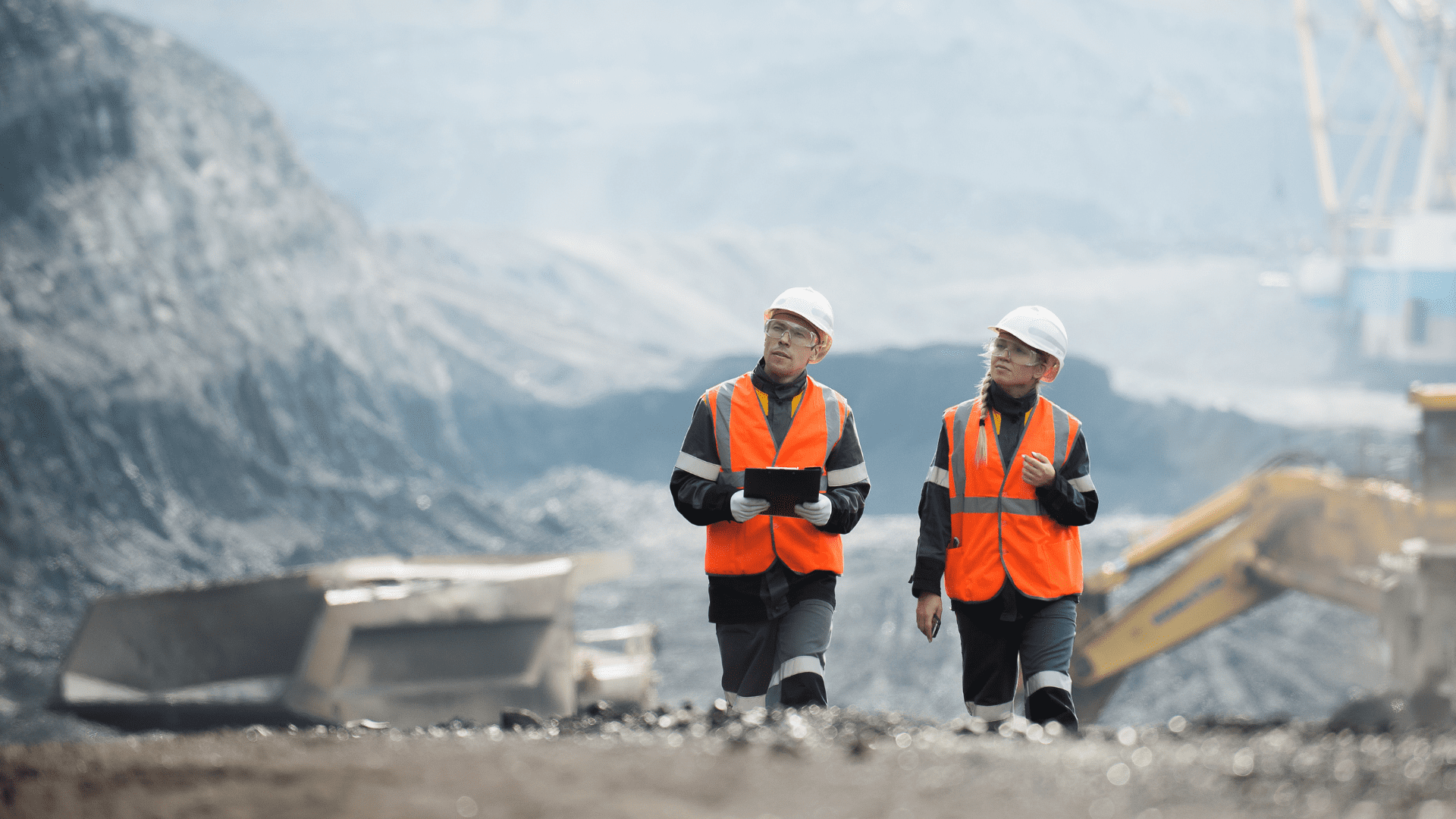
The first stage of a mine is important and time-consuming. The odds of a discovery leading to mine development are low. About 1 in 3,000 discoveries lead to development. In addition, only 10 percent of the world’s gold deposits contain enough gold to mine. The exploration for a mining location can last anywhere from a couple of years to decades. Newmont carefully examines potential locations. This step is where the company marks the first contact with communities. It’s a critical part of building a positive relationship with the locals for the future.
Newmont pays early attention to environmental and social characteristics to evaluate the potential impacts and opportunities associated with its activities in an area. The company does this through baseline studies and assessments. Those studies and assessments are done early because that process could take months to years to complete. Throughout the studies, they collect data from several things, including water resources, ecosystems, community health, air, and soil.
Development and Design

During the design and development phase, crews work to determine if the site is safe. More studies are being done on the common, technical, and business elements required to move forward with construction.
Common elements include, but are not limited to, project execution planning, capital cost estimation, organizational modeling, and risk assessments. Technical elements are asset management, geology & resource modeling, project engineering, and metallurgical process planning. These elements are evaluated to determine the mining and process requirements. All of this is done with a wide range of laws and regulations in mind, including Newmont’s standards and voluntary commitments. A full review of business elements is done as well. these elements are human resources, insurance, legal, security, and health & safety. This phase can last up to a decade, if not longer, before construction.
Construction of the Mine
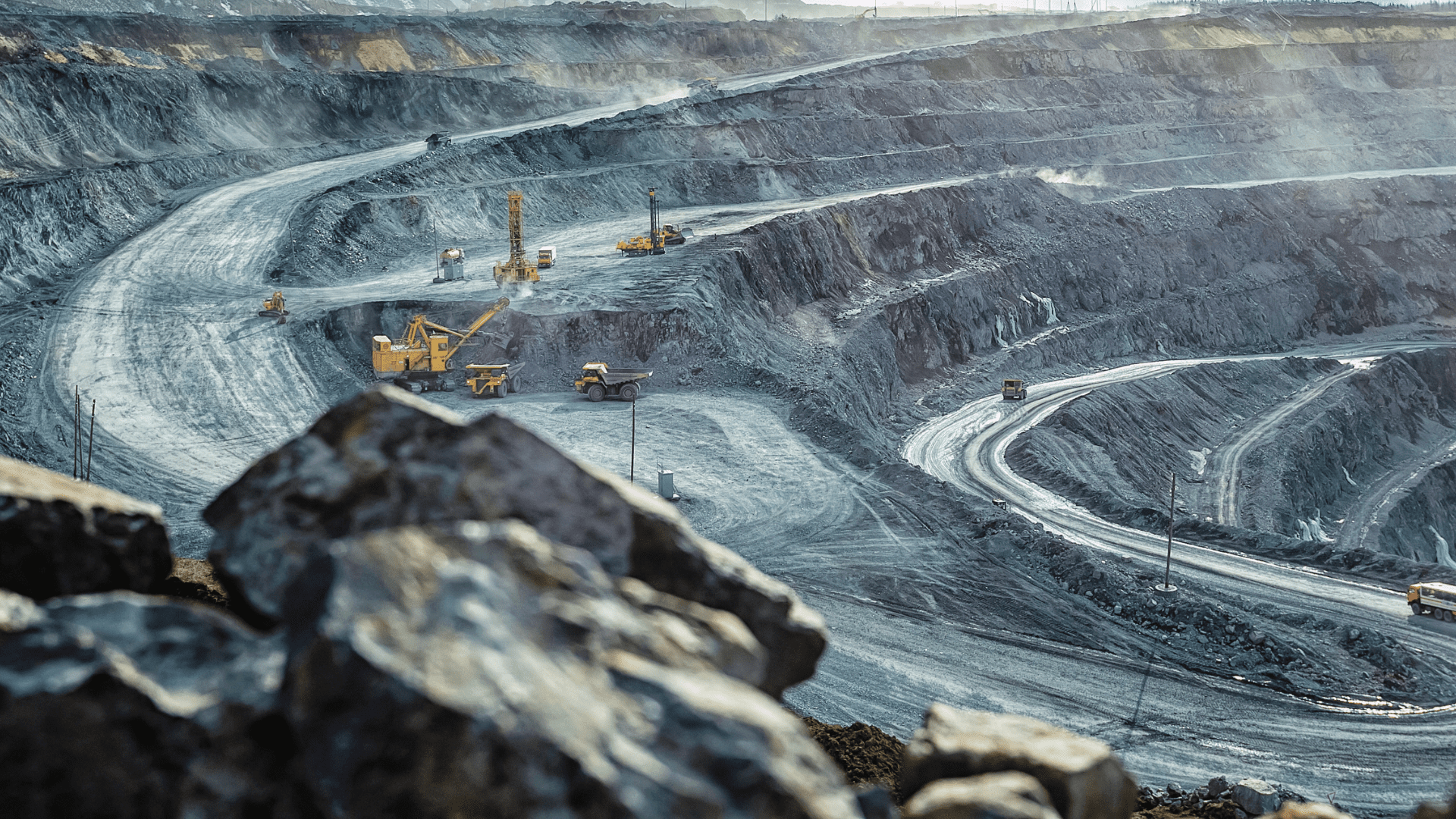
Each site must ensure that the expectations from all parties involved align. Once an approved project has economic certainty, Newmont implements training programs and partnerships with development non-governmental organizations and government agencies. This kick-starts economic empowerment in the community.
Construction can begin once Newmont secures the necessary permits, investments, and support. But ensuring the most skilled personnel is available, materials are used with good judgment, and time & resources are optimally applied is crucial to the building process.
Explore Tomorrow's World from your inbox
Get the latest science, technology, and sustainability content delivered to your inbox.
I understand that by providing my email address, I agree to receive emails from Tomorrow's World Today. I understand that I may opt out of receiving such communications at any time.
The Production
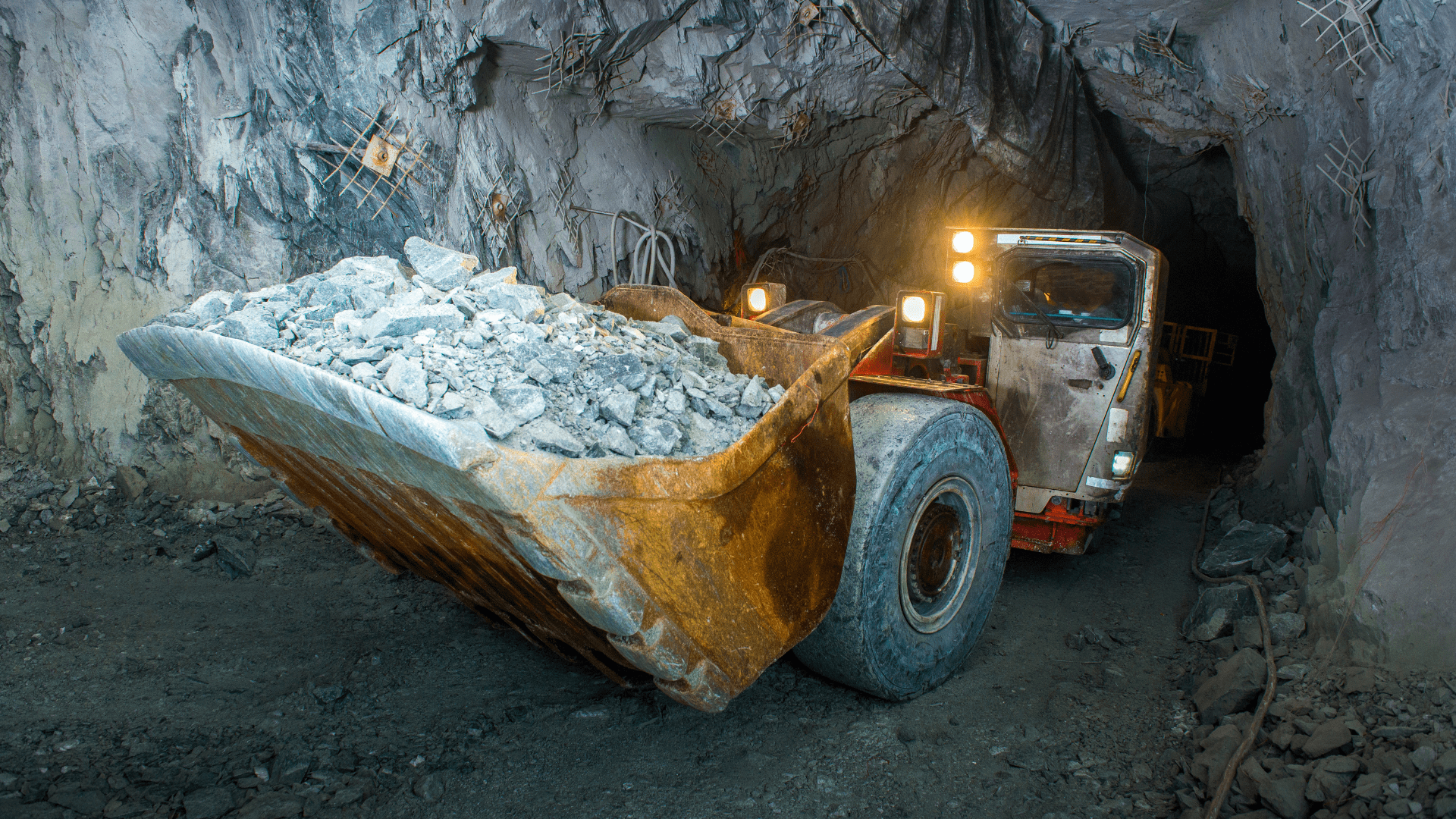
A big part of the production process is ensuring the community can thrive after the mining operations end. This includes implementing development programs to accelerate long-term, socio-economic growth. Production also includes managing the heavy and specialized equipment with discipline.
During the production phase, an ore that is extracted from the Earth is transported to the processing operation. Some are stockpiled for later processing. Newmont uses two ore processing techniques to extract the gold from the ores. One is heap leaching. This is used when an ore contains a lower grade of mineral content. The second is mill processing, which is when an ore has a higher grade of mineral content.
Closure of a Mine
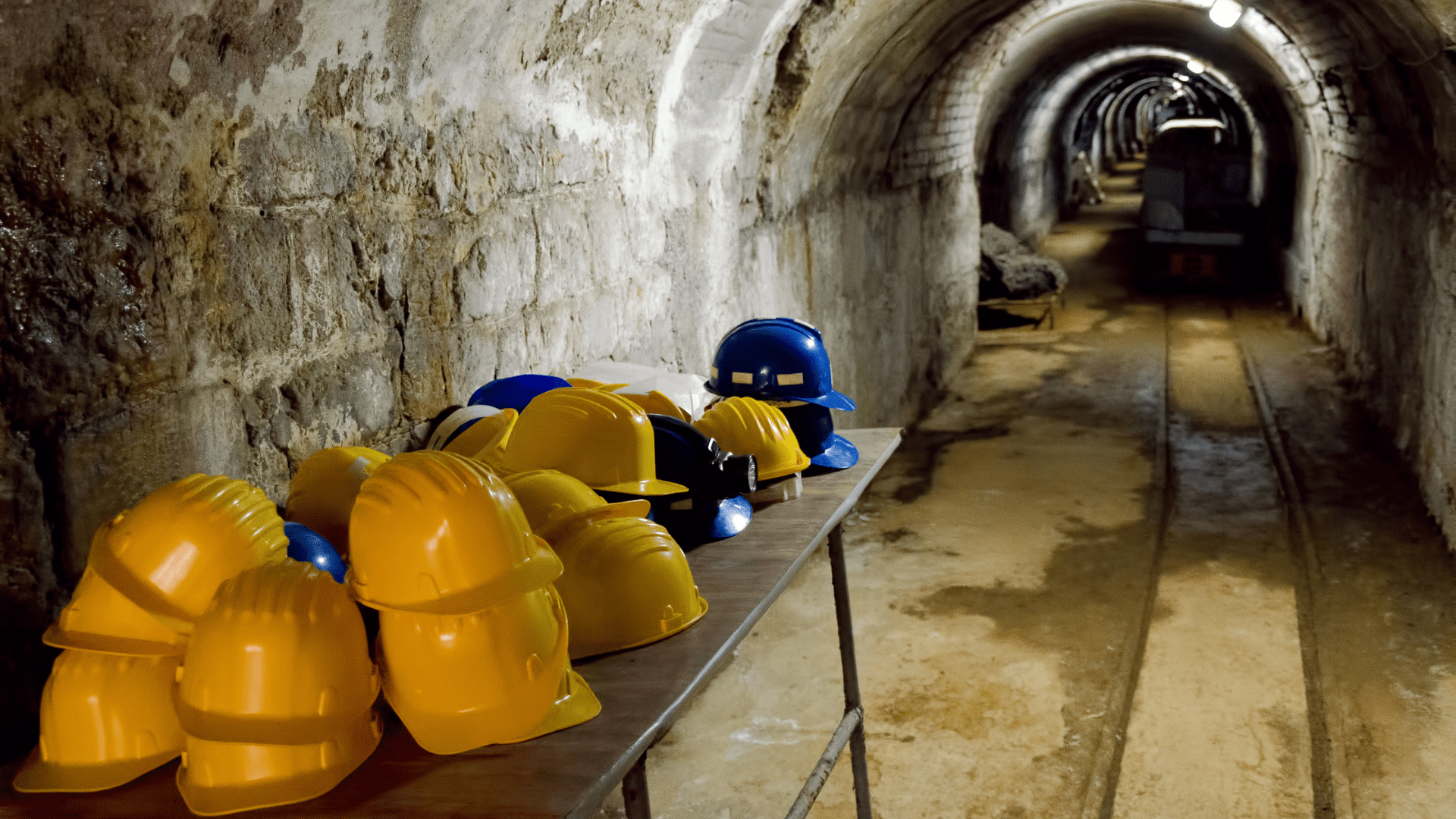
All good things must come to an end eventually. The same goes for a gold or precious metal mine. Every time Newmont closes a mine, its main goal is to ensure long-term environmental stability. They want to leave a positive legacy behind. The closure approach takes community interest into account. Additionally, they ensure the reclaimed land is suitable for long-term use after a mine is closed.
A plan for closure is determined well before construction starts on a new mine.
Post-Closure
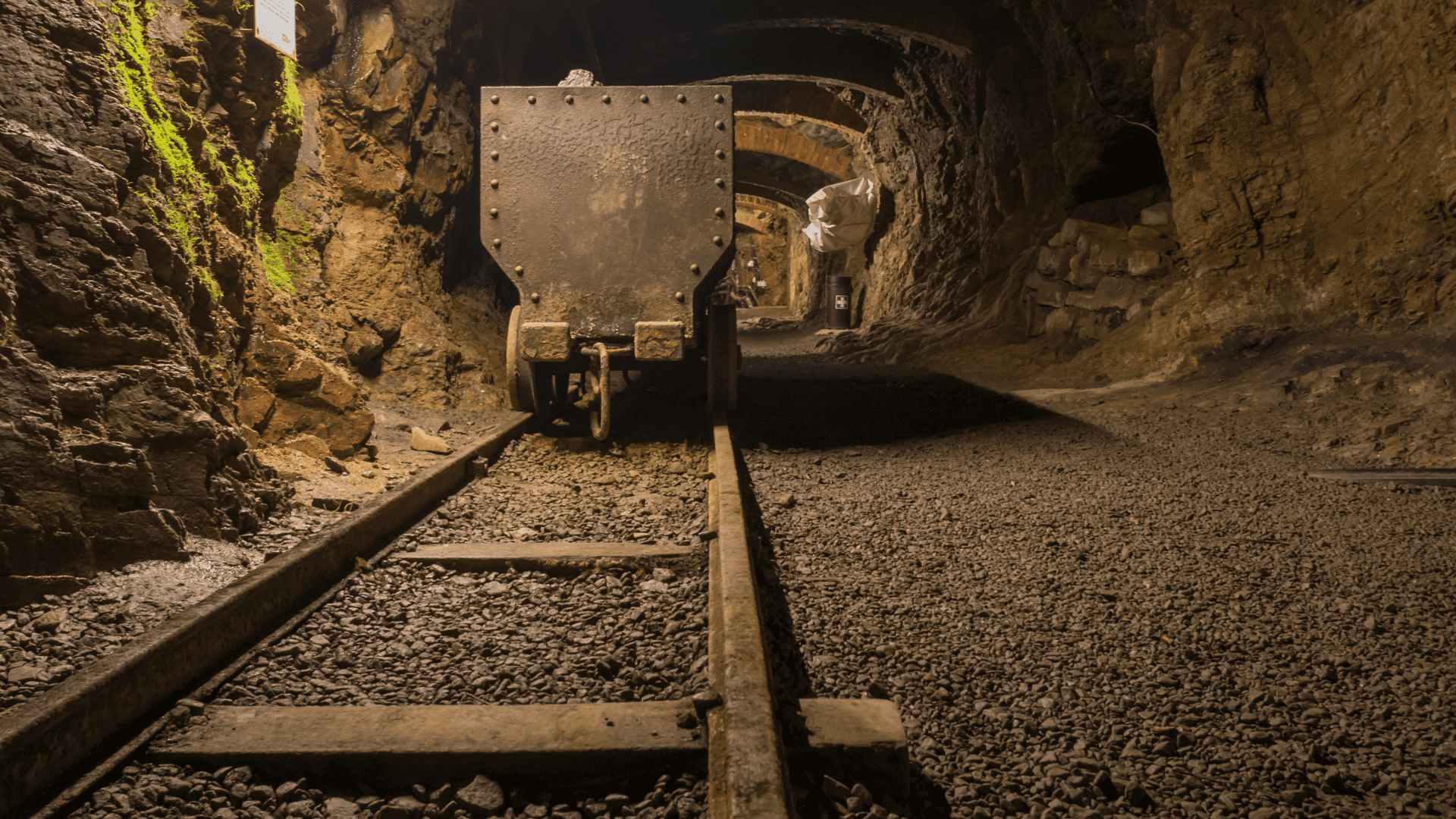
The life cycle of a mine doesn’t end after the mine closes. There is a purpose for the post-closure process. It includes assuring that all reclaimed mine lands, water management structures, and revegetation are working as intended. Reclamation and long-term stabilization are often done in phases, as well as ongoing performance monitoring. They conduct maintenance activities to address erosion and monitor to ensure post-closure performance criteria are met.
On Newmont’s website, they say, “As the mining industry evolves, Newmont continues to create value and improve lives through sustainable and responsible mining.”
Tune in to the Science Channel to watch Golden Horizons at 10 AM EST on Saturday, May 4!






